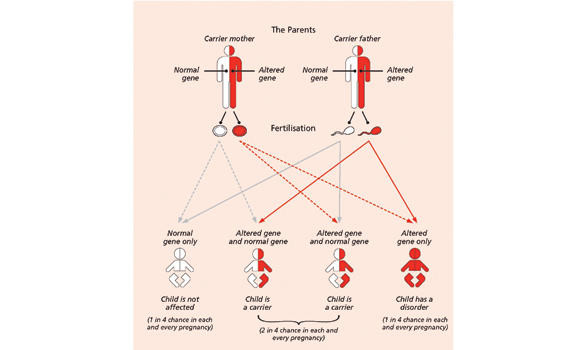RIYADH: A total of 9,417 sickle cell anemia cases were reported in the Kingdom over the past 10 years, bringing the number of people living with the inherited blood disorder to 145,750, the Ministry of Health announced recently.
The ministry released the data to mark World Sickle Cell Day, which took place on June 19 this year, a local publication reported recently.
The ministry organized a series of workshops, lectures and awareness campaigns on treatment for the disease at primary health care centers and shopping malls in cooperation with private institutions.
According to ministry officials, sickle cell anemia is one of the genetic disorders included in its “Healthy Marital Program.” The program is primarily aimed at minimizing the spread of genetic diseases and therefore reduce costs of treating people.
The ministry conducts five tests for disorders and diseases including thalassemia, hepatitis B and C, and HIV at 130 medical centers Kingdom-wide for couples preparing to marry.
The term sickle cell disease (SCD) describes a group of inherited red blood cell disorders. People with SCD have abnormal hemoglobin, called hemoglobin S or sickle hemoglobin, in their red blood cells, according to the United States Department of Health and Human Services.
“Hemoglobin is a protein in red blood cells that carries oxygen throughout the body. ‘Inherited’ means that the disease is passed by genes from parents to their children. SCD is not contagious. A person cannot catch it, like a cold or infection, from someone else.”
People who have SCD inherit two abnormal hemoglobin genes, one from each parent. In all forms of SCD, at least one of the two abnormal genes causes a person’s body to make hemoglobin S. When a person has two hemoglobin S genes, Hemoglobin SS, the disease is called sickle cell anemia. This is the most common and often most severe kind of SCD, the website stated.
“Sickle-shaped cells are not flexible and can stick to vessel walls, causing a blockage that slows or stops the flow of blood. When this happens, oxygen can’t reach nearby tissues.”
145,750 sickle cell anemia cases in KSA
145,750 sickle cell anemia cases in KSA










